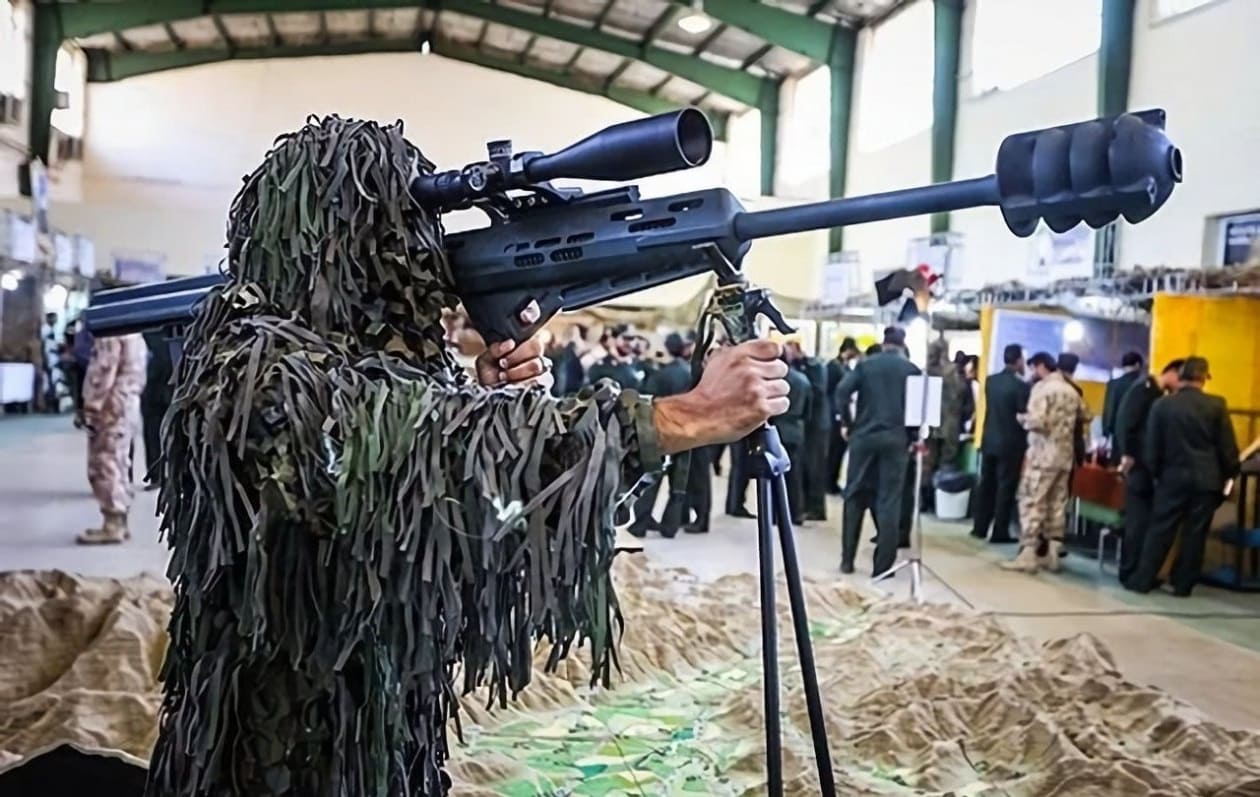Following a week of country-wide demonstrations in Iran, the Islamic Revolutionary Guard Corps (IRGC) launched an artillery strike targeting a Kurdish group’s base in northern Iraq. Iranian state-media outlets reported that the “headquarters of anti-Iranian terrorists” based in neighboring Iraq was targeted by the IRGC. The regime has pointed the finger toward Western countries and Iranian-Kurdish dissidents for inciting the ongoing protests that continue to sweep the streets today. In a televised statement, Iranian Guards said that its operations targeting the Kurds “will continue in order to ensure viable border security, punish criminal terrorists and hold officials (of the Kurdish Regional Government) accountable towards international regulations and their legal duties.” Iranian officials are likely using these airstrikes to distract from the chaos that has engulfed the country.
Why did the IRGC launch the strikes?
Eleven days ago, protests erupted in Iran after a 22-year-old woman died in custody while being detained by the country’s “morality police.” Mahsa Amini was accused of “improperly” wearing her hijab, an action that counters Iran’s compulsory-headscarf policy. While the regime has alleged that Amini died from heart failure, her family blames the security forces for her untimely death. Notably, her family hails from Iran’s Kurdish region, where the initial demonstrations following Amini’s death took place.
According to the Jerusalem Post, “The slogan ‘woman, life, freedom’ has become a rallying cry of the protests in Iran and many have pointed out that this slogan comes from the Kurdish region and has now been taken up more broadly.” The Iranian regime knows its most vehement opposition comes from the minority groups it oppresses, including the Kurds. The IRGC’s strikes targeting Kurds in Iraq could be a veiled threat to its own Kurdish population for expressing anti-regime sentiments vis-à-vis demonstrations.
Details on the strikes
The Islamic Republic News Agency (IRNA) reported that the IRGC’s ground forces fired artillery from inside Iran’s West Azerbaijan province. Iran alleges that the IRGC used artillery and unmanned aerial vehicles (UAVs) to carry out the attacks, claiming to have hit the “assembly headquarters and training and operational centers of the terrorist groups based in the Kurdistan region of Iraq, using smart and pinpoint weapons.”
In addition to the strikes, the IRNA said that various members of a separatist group, referred to as “Komleh” in the country, were detained by Iranian intelligence officials. A Voice of America (VOA) article summarized the Iranian state-run Tasnim news outlet, which noted that “the attack targeted the bases of Kurdish separatist groups in the north of Iraq causing serious damage to them.” Other outlets alleged that the Kurdistan Democratic Party of Iran (PDPI) was also a target. Both the KDPI and Komala are Kurdish-Iranian opposition groups that possess bases in the Kurdistan region.
Iran has a long history of carrying out attacks targeting northern Iraq. In this year alone, the regime and its heavily supplied proxy groups in Iraq have launched multiple barrages in the country’s Kurdistan Region. In June, a series of Katyusha rockets landed inside the Khor Mor gas field in the Kurdistan Region’s district of Sulaimaniyah.
One month later, several rockets struck the Khor Mor gas field just days after Kurdistan’s Prime Minister Masrour Barzani met with his Iraqi counterpart. While the regime did not explicitly claim these attacks, the mode and weaponry used strongly incriminate the IRGC.
Additionally, Iran claimed responsibility for a similar attack in March, when its proxy groups launched more than a dozen ballistic missiles targeting “Israeli strategic centers” in Kurdistan’s capital. While Iran has a history of striking Iraq’s Kurdish population, its recent assault is likely related to the ongoing demonstrations that originated in the country’s Kurdish region.
The Iranian regime has also blamed the U.S. for provoking the protests. At the onset of the demonstrations, Iranian authorities cut off internet access for many of its citizens and imposed even harsher restrictions on popular media platforms like WhatsApp and Instagram. On Twitter, Tesla CEO Elon Musk offered to seek permission to operate his satellite internet firm Starlink to aid the protestors’ communication channels.
Additionally, the U.S. Treasury Department said it would permit U.S. technology firms to operate in Iran to enable more Iranians to gain internet access. The regime, frustrated with the support U.S. officials have shown its civilian protesters, condemned America for “provoking instability.” Iran’s Foreign Ministry spokesperson Nasser Kanaai said that “Washington is always trying to weaken Iran’s stability and security although it has been unsuccessful,” adding that some Western officials are abusing a tragic incident to support “rioters,” according to Reuters.
As the demonstrations continue, the Iranian regime won’t hesitate to assign blame to any minority group, foreign entity, or organization that has expressed support for the protestors and their grievances. Security forces will likely be given the go-ahead to use even more brutal methods to quell protests as resistance to the regime and its policies persists.
Maya Carlin is a Middle East Defense Editor with 19FortyFive. She is also an analyst with the Center for Security Policy and a former Anna Sobol Levy Fellow at IDC Herzliya in Israel. She has by-lines in many publications, including The National Interest, Jerusalem Post, and Times of Israel.

